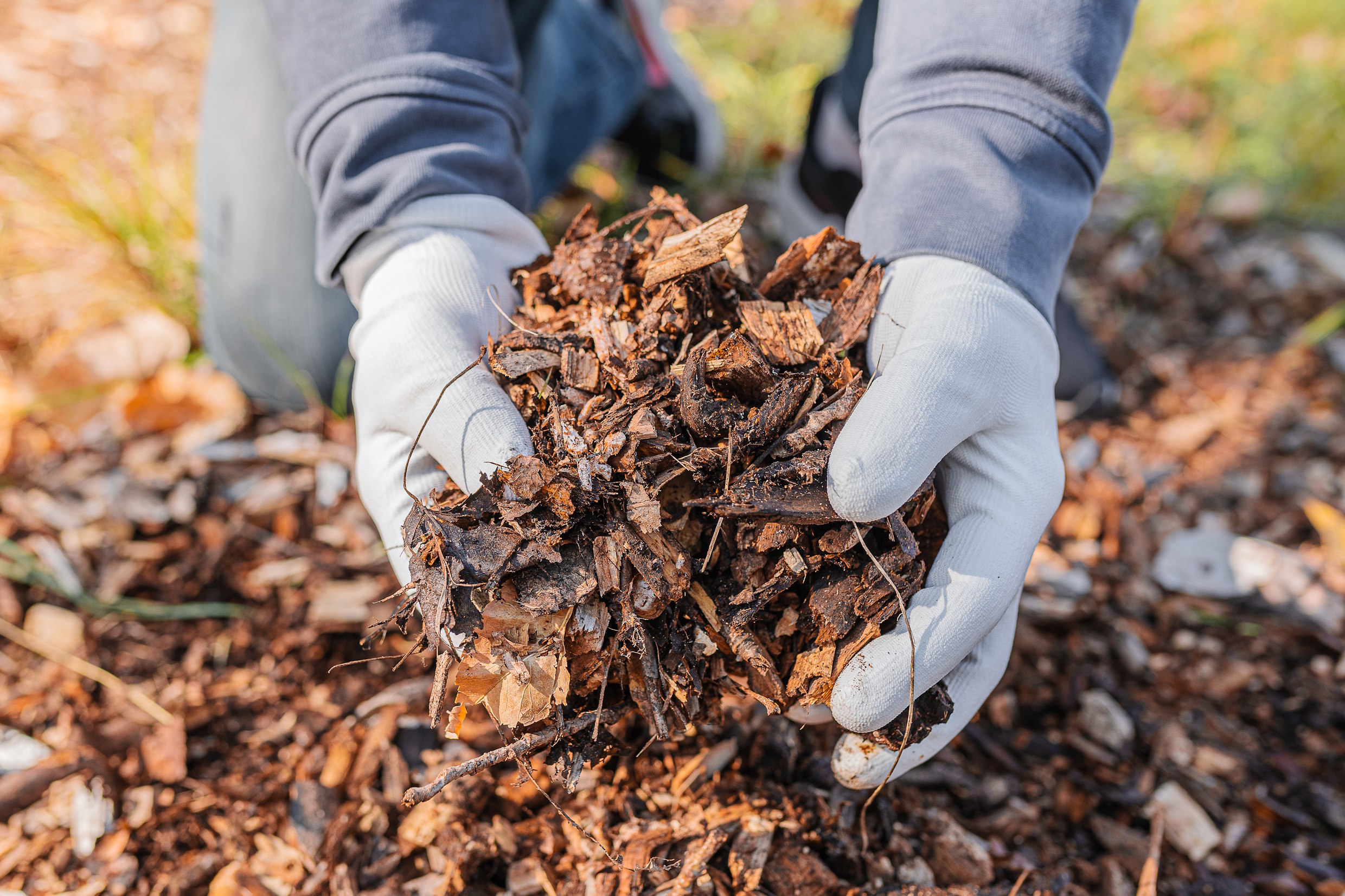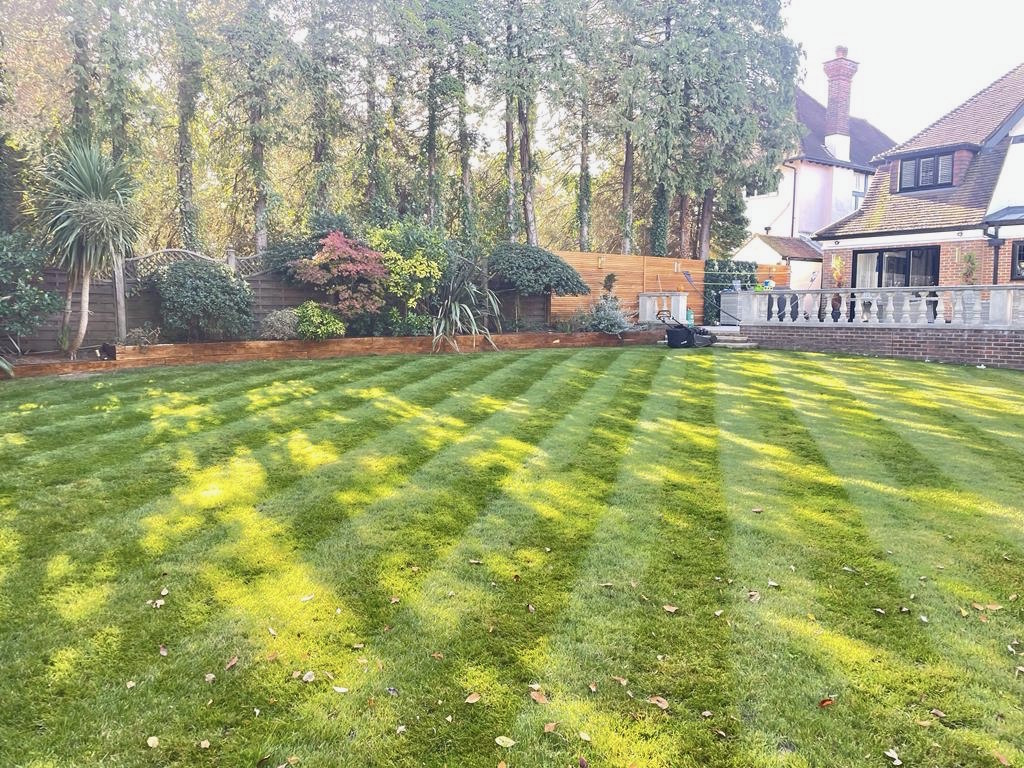As the leaves start to fall and gardens wind down for winter, autumn is one of the best times to start composting. With plenty of natural materials available — from fallen leaves to grass clippings and pruned stems — your garden provides everything you need to create nutrient-rich compost for next year’s growth.
But not everything that falls to the ground should go in your compost heap. Understanding what to add (and what to avoid) will ensure your compost stays healthy, breaks down properly, and provides maximum benefit to your garden come spring.
Why Autumn Is the Perfect Time to Compost
During autumn, your garden naturally produces a huge mix of ‘greens’ and ‘browns’ – the essential ingredients for successful composting.
- Greens (like grass cuttings and plant trimmings) are rich in nitrogen, helping bacteria break down waste.
- Browns (like dried leaves and twigs) are carbon-rich, adding structure and preventing your compost from turning soggy.
With cooler temperatures and more moisture in the air, autumn compost heaps break down gradually – ideal for building up a rich, crumbly compost ready to feed your garden in spring.
For gardeners who care about sustainability, composting also reduces waste, cuts the need for chemical fertilisers, and helps your soil retain water during dry months.
What to Add to Your Autumn Compost Heap
To create a balanced compost, aim for a 50:50 mix of green and brown materials. The right combination helps air circulate and encourages healthy decomposition.
Perfect “Green” Materials
These items are nitrogen-rich and decompose quickly:
- Fresh grass clippings (add in thin layers to avoid clumping)
- Vegetable peelings and fruit scraps
- Dead annual plants (free from disease)
- Green leaves and soft plant cuttings
- Tea bags and coffee grounds
- Weeds before they set seed
Perfect “Brown” Materials
These materials add structure and carbon to your compost:
- Fallen autumn leaves (especially dry ones)
- Straw, hay, and wood shavings (in moderation)
- Shredded cardboard or paper
- Pruned twigs and small branches
- Sawdust from untreated wood
Mix your compost layers rather than dumping them in thick sections. This keeps air flowing and prevents unpleasant smells.
What NOT to Add to Your Compost
While composting is a great way to recycle organic waste, some materials can attract pests, spread disease, or slow down decomposition. Avoid adding the following:
- Cooked food, meat, or dairy – these attract rodents and cause bad odours.
- Diseased plants – fungi and viruses can survive composting and infect future plants.
- Pet waste – this can contain harmful bacteria and parasites.
- Glossy or coated paper – contains chemicals that don’t break down safely.
- Weeds with seeds or invasive roots (like bindweed) – they can regrow in your garden later.
- Large woody branches – too tough to decompose quickly.
How to Keep Your Compost Healthy
Composting in autumn is simple, but maintaining the right conditions ensures faster breakdown and better results:
1 . Turn your compost regularly.
Every few weeks, give the pile a quick mix with a fork or spade to introduce oxygen – essential for decomposition.
2 . Keep it moist, but not wet.
Autumn rains can make compost soggy. If it feels too wet, add more brown material like shredded paper or dry leaves.
3 . Cover your compost heap.
Use a breathable lid, old carpet, or tarp to keep out excess rain and retain warmth.
4 . Chop larger items.
Cutting stems and branches into smaller pieces helps them decompose faster.
5 . Be patient.
Composting is a slow but rewarding process. By spring, your pile will have transformed into dark, crumbly, earthy compost – ready to enrich beds, borders, and planters.
The Benefits of Using Autumn Compost
When your compost is ready, you can use it in several ways:
- Mulch garden beds to suppress weeds and protect soil from frost.
- Mix into borders and vegetable patches to improve structure and drainage.
- Top-dress lawns or flowerbeds for an organic nutrient boost.
Regularly adding homemade compost helps create healthier soil, encourages stronger root growth, and reduces the need for chemical fertilisers – perfect for anyone aiming for an eco-friendly, low-maintenance garden.
How All Seasons Can Help
If you’re short on time or want a helping hand, All Seasons Garden Maintenance can take care of your composting and autumn garden preparation for you. From leaf clearance and pruning to soil enrichment and garden tidy-ups, our team ensures your outdoor space stays healthy, neat, and ready for the months ahead.
Let us handle the hard work – so you can enjoy your garden all year round.
Contact All Seasons today to arrange your autumn garden maintenance visit or request a free quote.




